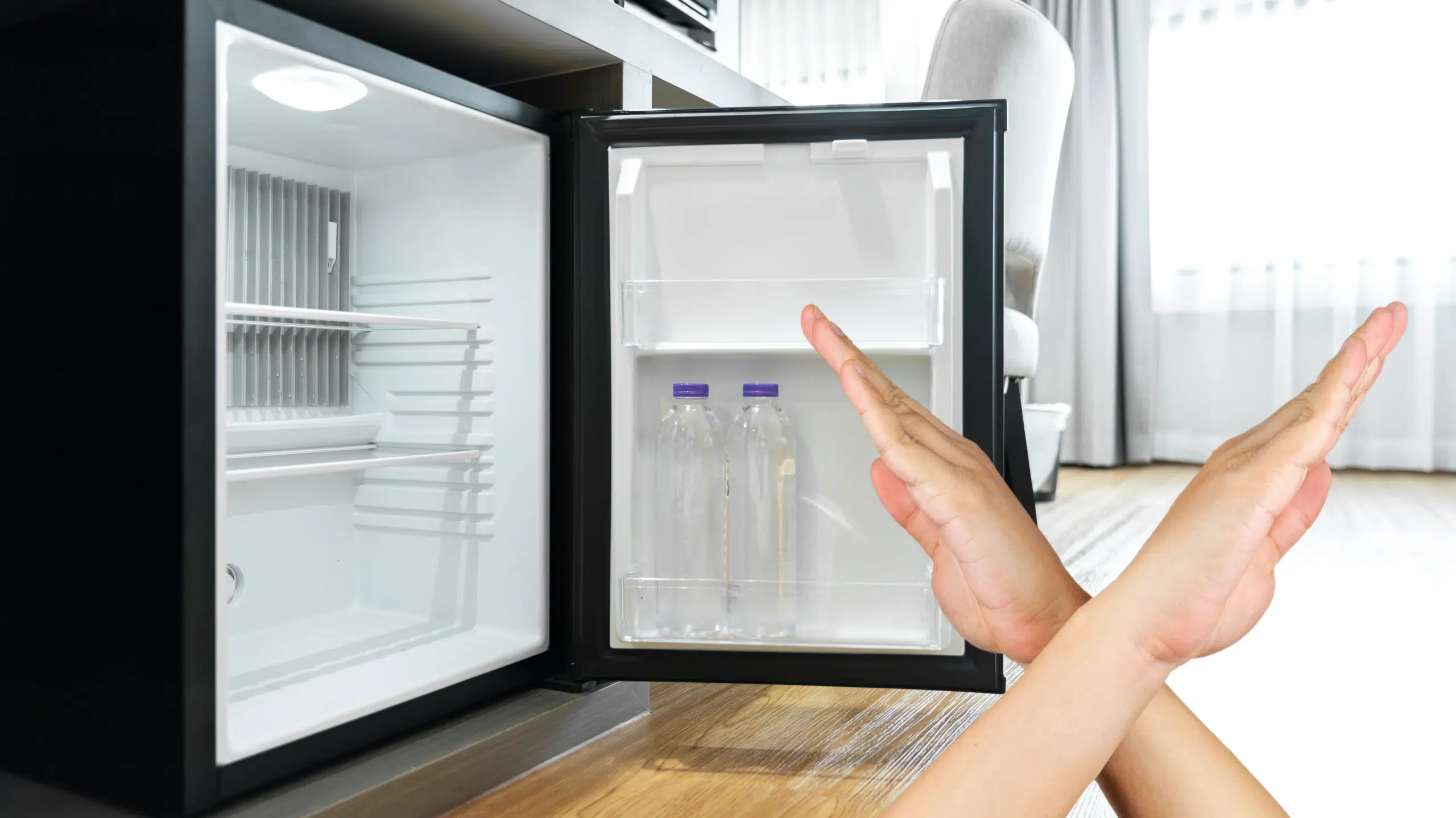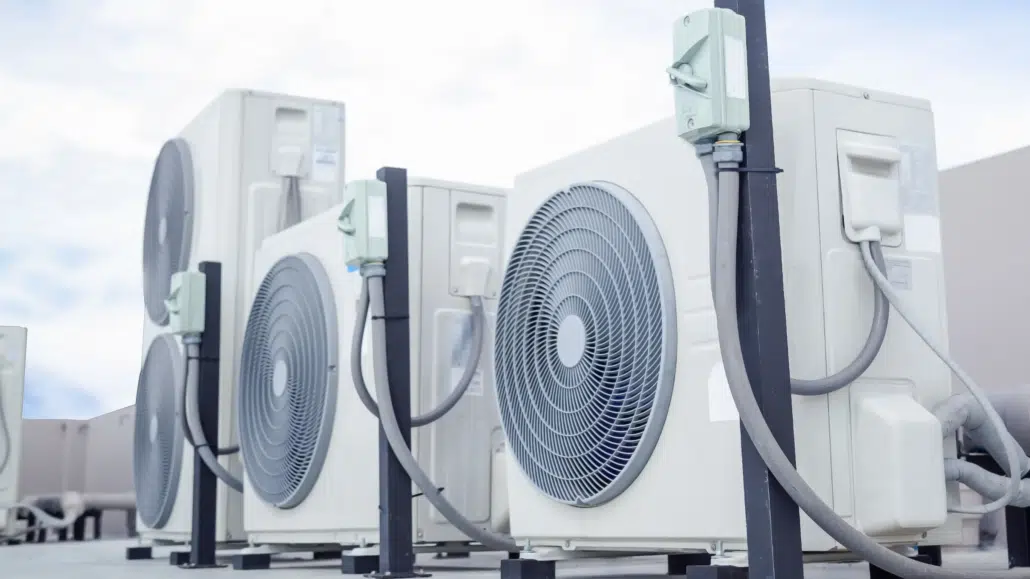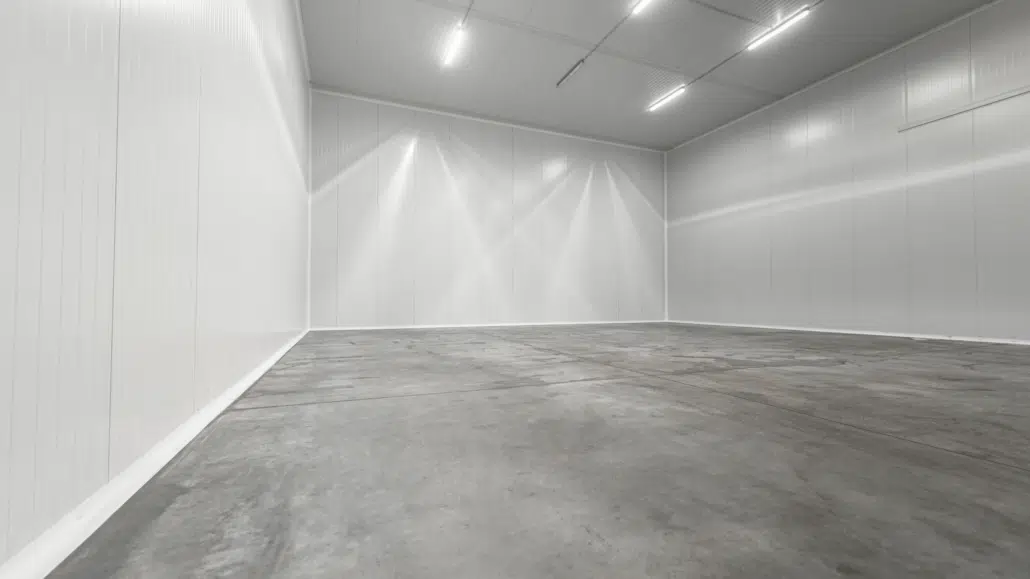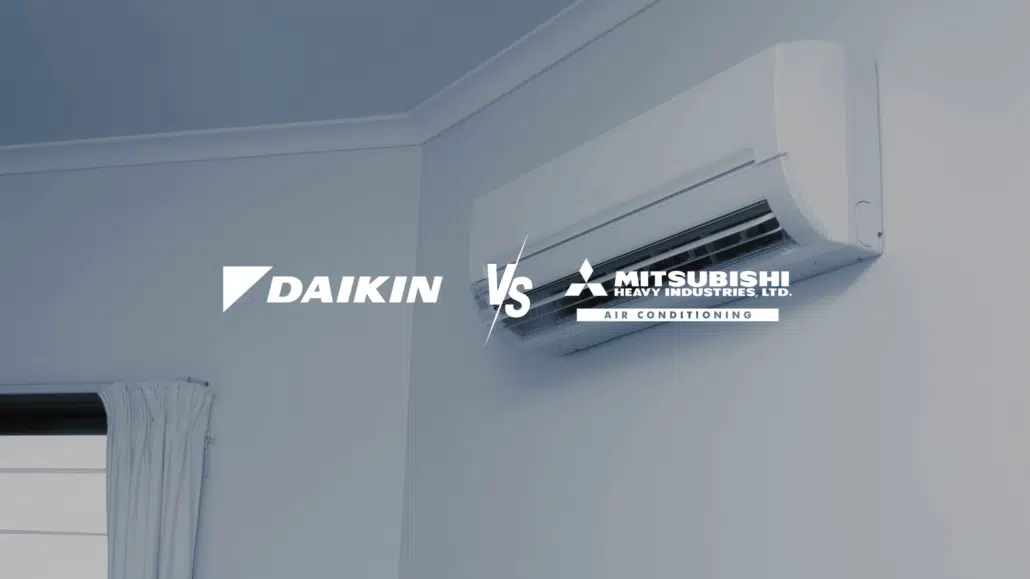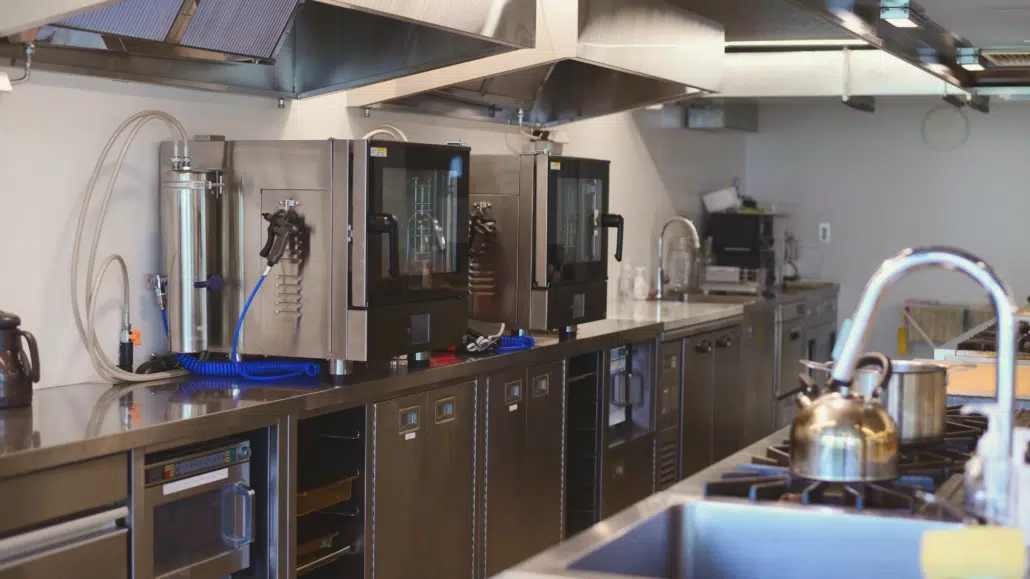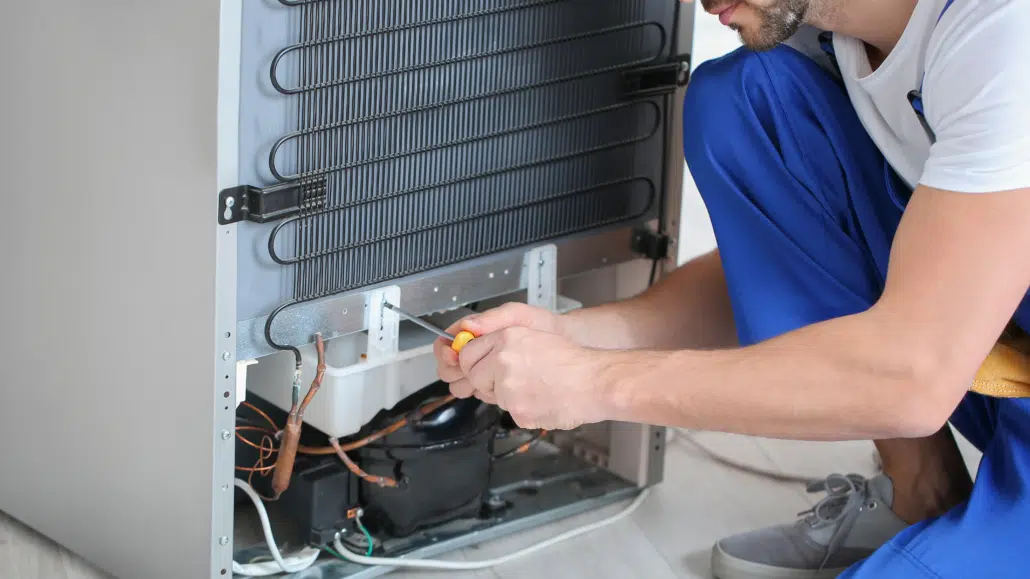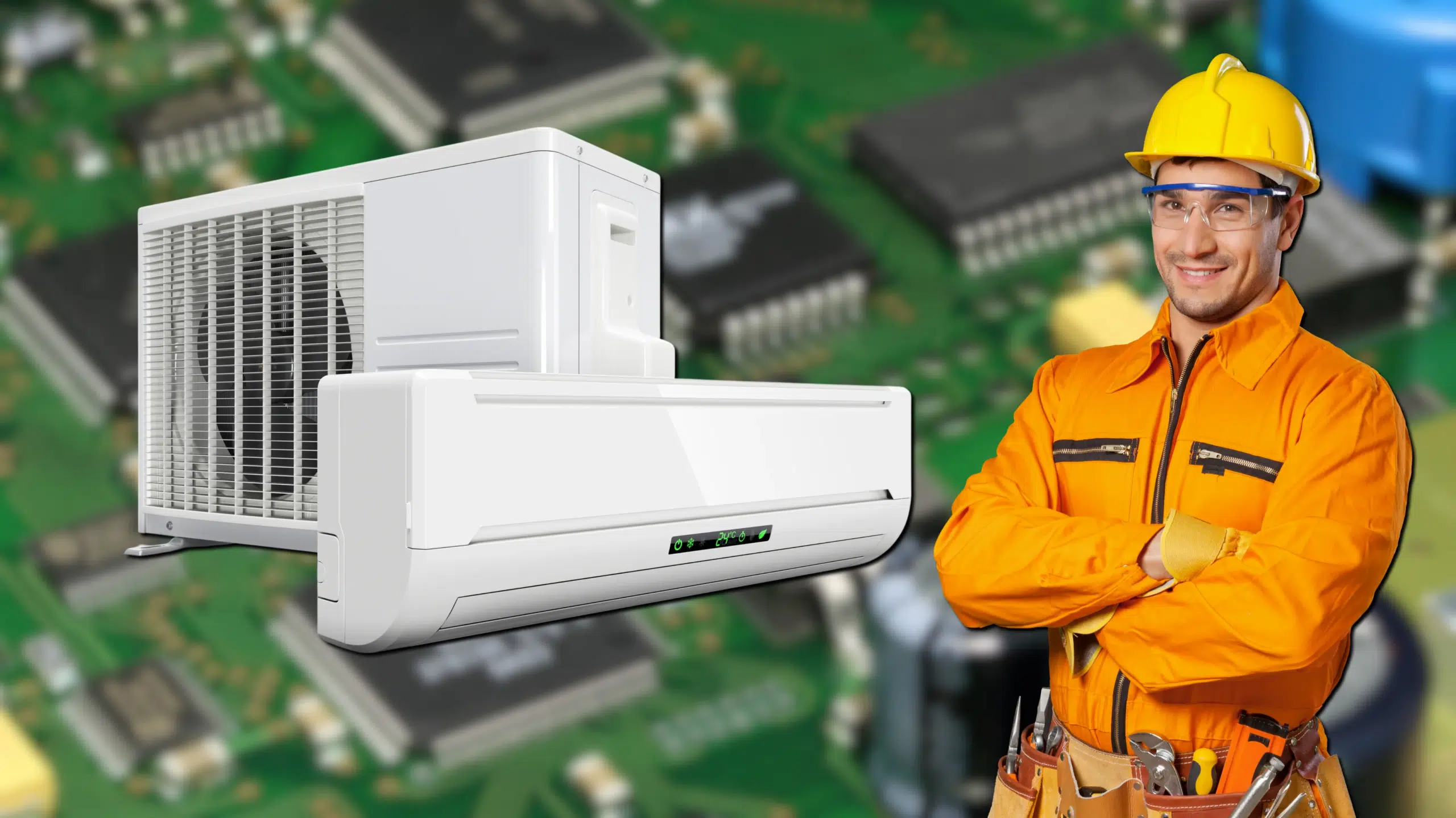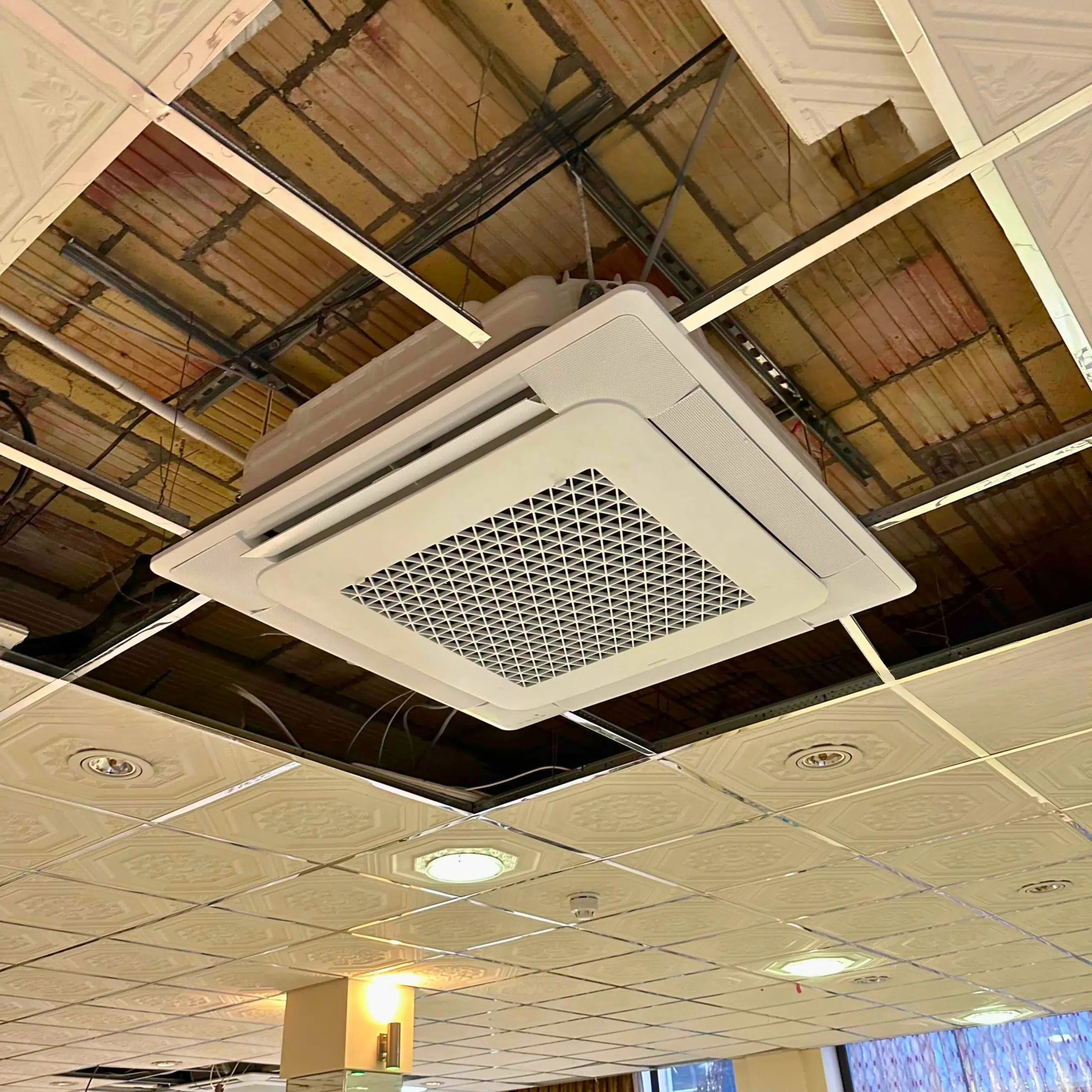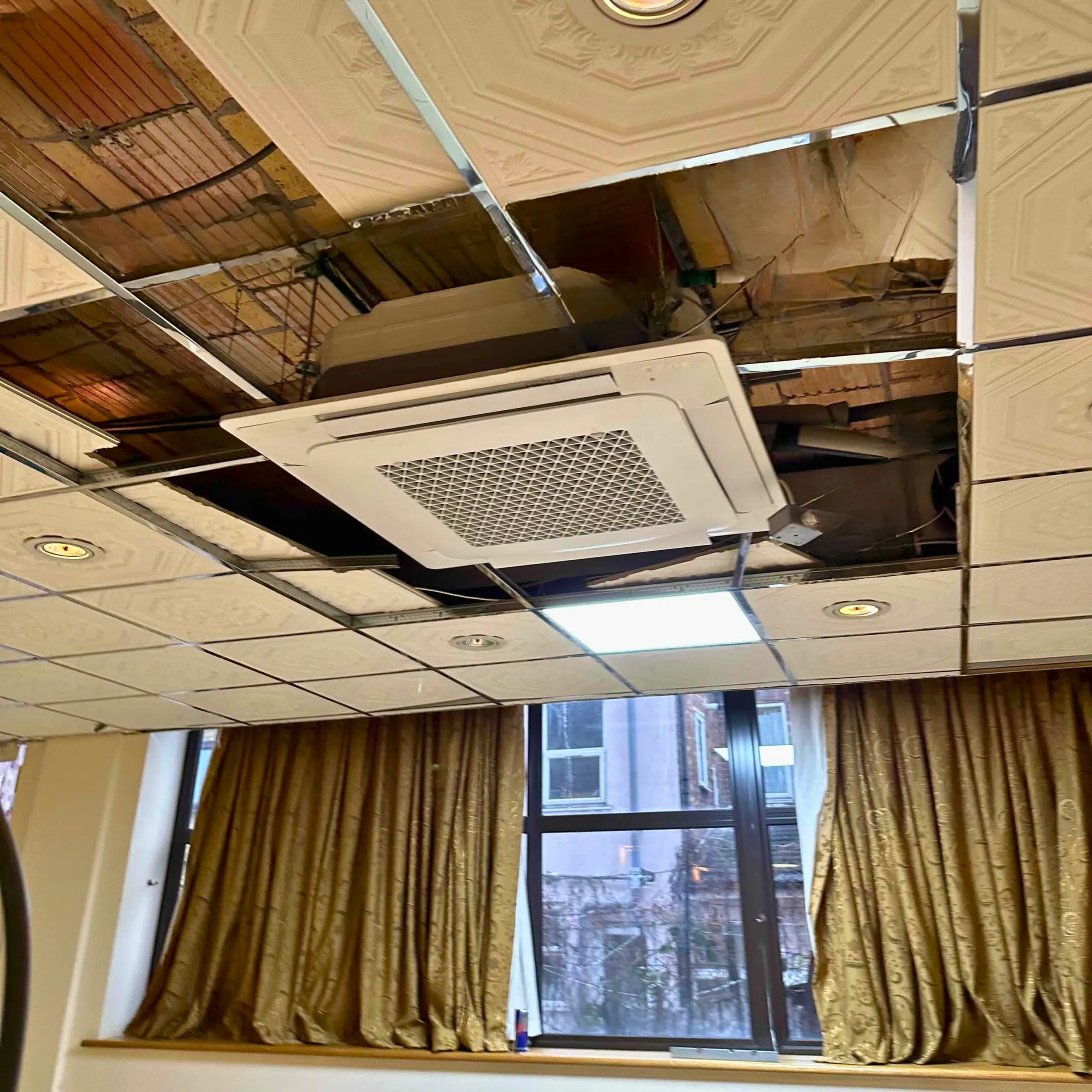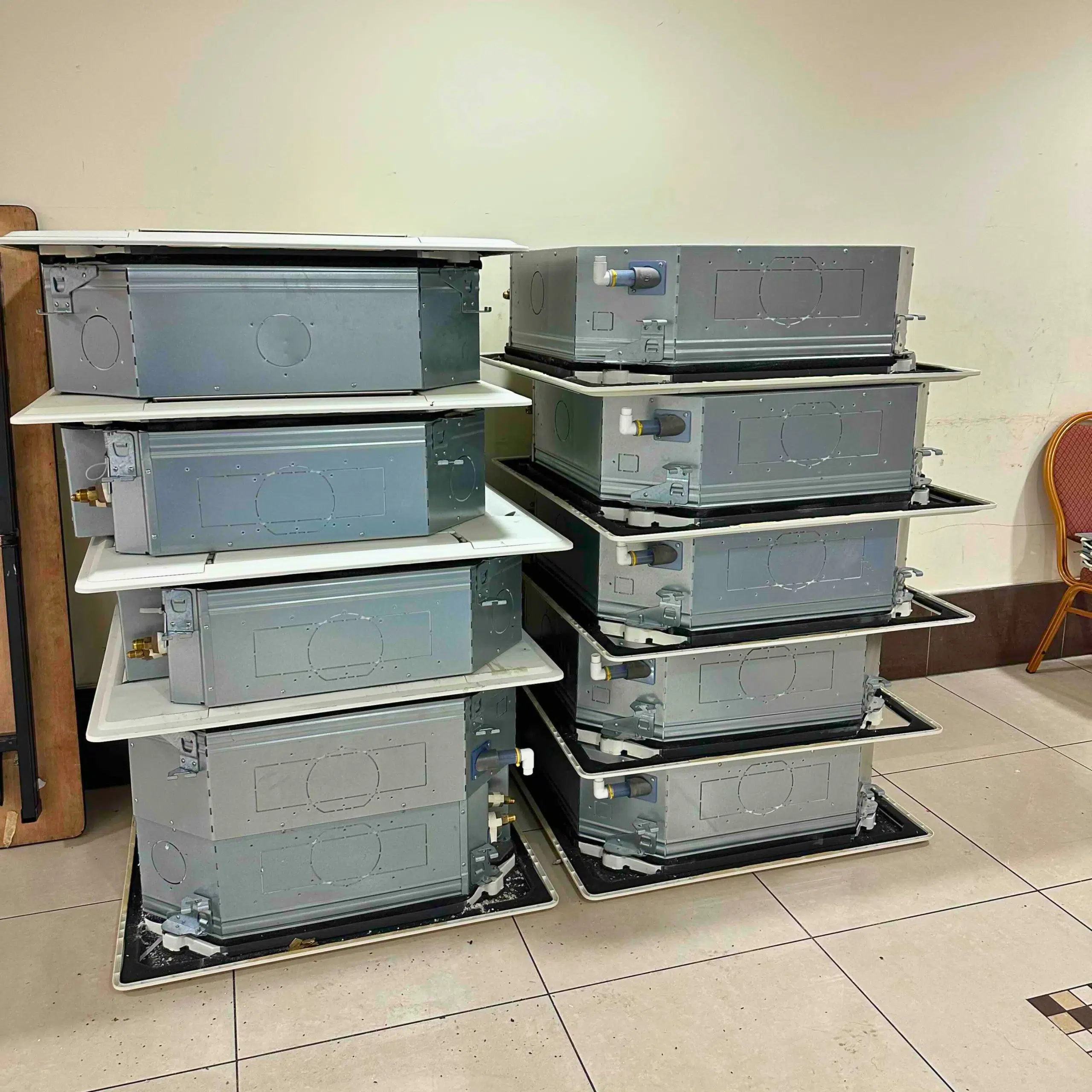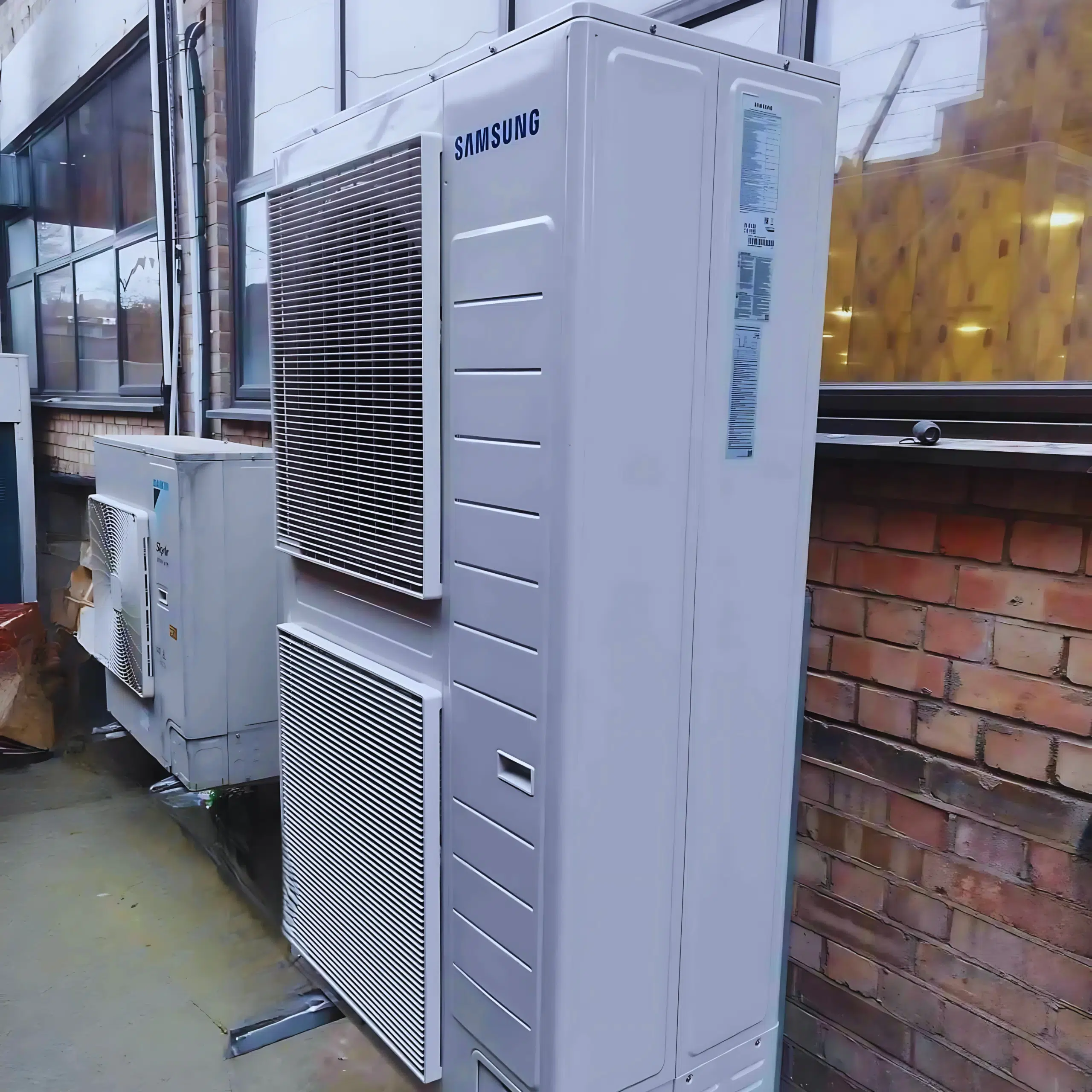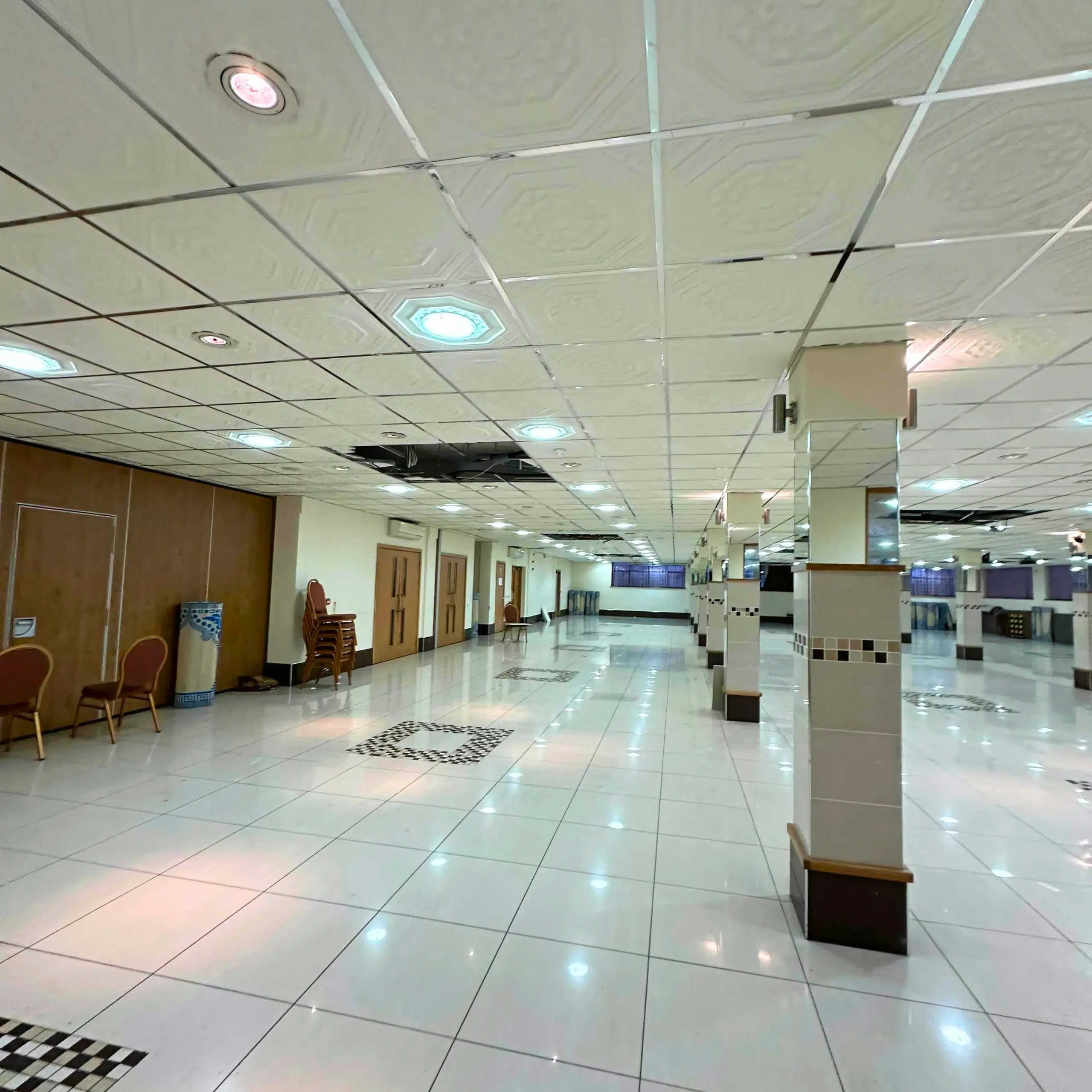CO₂ Air Conditioning: A Sustainable Solution for Supermarkets and Beyond
Sustainability is now a top priority for businesses. As a result, CO₂-based refrigeration is becoming the preferred choice for supermarkets. Unlike traditional refrigerants such as R-134a or R-410A, CO₂ (R-744) has an ultra-low Global Warming Potential (GWP) of just 1. This makes it an environmentally friendly and energy-efficient alternative.
In the past, refrigeration and air conditioning operated as separate systems. However, modern technology now combines both into a single CO₂-based system, significantly lowering energy use and emissions. This integrated approach benefits supermarkets, retail stores, and commercial buildings by reducing operational costs and promoting sustainability.
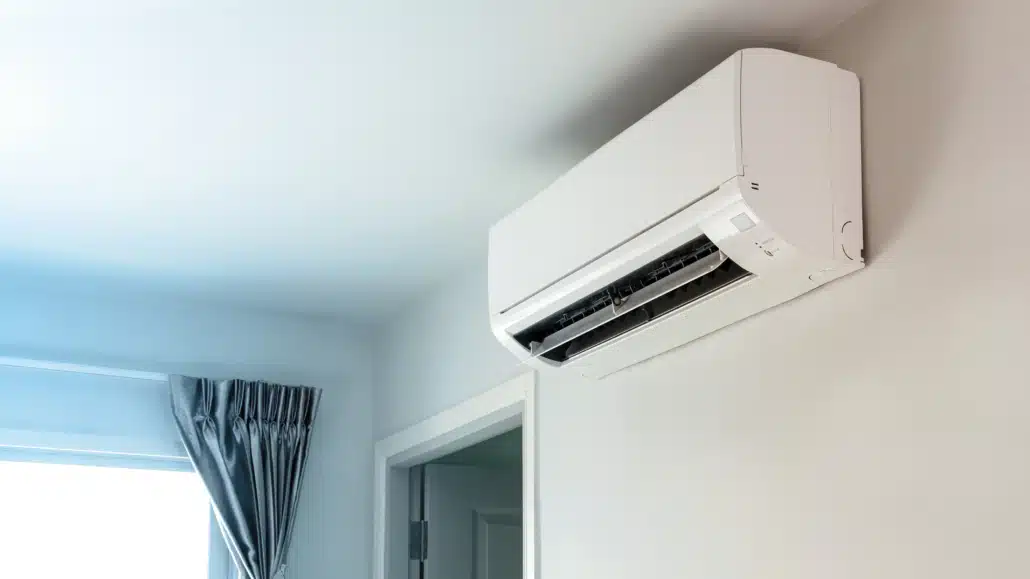
How Much CO₂ Do Traditional Air Conditioners Emit?
To understand the impact of traditional air conditioning, consider these figures:
- – A 5 kW air conditioner running 8 hours daily consumes about 1,600 kWh annually.
- – In the UK, this energy usage translates to 650 kg of CO₂ emissions per year.
- – Large supermarkets, using around 50,000 kWh annually, emit up to 20 metric tons of CO₂ per store every year.
By switching to a CO₂-based integrated system, businesses can significantly reduce emissions while lowering energy costs.
A Single CO₂ Pack for Refrigeration and Air Conditioning
Integrating refrigeration and air conditioning into a single CO₂ system offers several advantages:
✅ Up to 30% lower energy consumption compared to separate cooling systems.
✅ Reduced reliance on synthetic refrigerants like R-134a, which has a GWP of 1,430.
✅ Significant cost savings due to economies of scale.
In the UK, electricity costs range between £0.25 and £0.35 per kWh. A supermarket using 50,000 kWh per year on separate refrigeration and air conditioning could save £5,000–£8,000 annually by switching to CO₂ technology.
As sustainability gains momentum in the UK retail sector, CO₂ refrigeration is becoming the go-to solution for businesses seeking low-carbon, cost-effective cooling.
💡 Want to know why UK supermarkets are making the switch? Read our guide here.
Marstair CO₂ Air Conditioning Evaporators
For commercial applications, Marstair offers advanced CO₂ air conditioning evaporators. These units seamlessly integrate with CO₂ refrigeration systems, delivering superior cooling efficiency.
- Key Features of Marstair CO₂ Evaporators:
- ✔ High-efficiency cooling tailored for commercial spaces.
✔ Low-Pressure Hot Water (LPHW) heat recovery, reducing heating costs.
✔ Optimized performance within CO₂ refrigeration setups.
- ✔ High-efficiency cooling tailored for commercial spaces.
By recovering waste heat from the cooling process, LPHW technology can cut heating costs by up to 50% during colder months.
Ideal Applications for CO₂ Air Conditioning
Marstair’s CO₂ evaporators are perfect for:
- ✅ Supermarkets – Offices, checkout areas, storage rooms, and retail spaces.
✅ Retail stores – Businesses already using CO₂ refrigeration systems.
✅ Large commercial buildings – Ideal for businesses prioritising efficiency and sustainability.
- ✅ Supermarkets – Offices, checkout areas, storage rooms, and retail spaces.
By switching to CO₂ air conditioning, supermarkets cut emissions by 20 metric tons annually while reducing energy costs by thousands of pounds.
🔗 Click here for more information on Marstair CO₂ Evaporators.
FAQs: CO₂ Air Conditioning & Refrigeration
CO₂ (R-744) has a GWP of just 1, compared to:
- R-134a: GWP 1,430
- R-410A: GWP 2,088
- R-404A: GWP 3,922
This means CO₂ has 99.9% less environmental impact than traditional refrigerants.
By using a single CO₂ pack, supermarkets and businesses can reduce energy consumption by up to 30%, leading to potential savings of £5,000–£8,000 per year on electricity costs.
Marstair CO₂ evaporators offer:
✔ Superior energy efficiency with cutting-edge CO₂ technology
✔ Heat recovery systems that cut heating costs by up to 50%
✔ Seamless integration with existing CO₂ refrigeration setups
A supermarket consuming 50,000 kWh per year can expect to:
- Reduce electricity bills by £5,000–£8,000 annually
- Cut CO₂ emissions by up to 20 metric tons per year
- Improve energy efficiency while ensuring regulatory compliance
For more details on Marstair’s CO₂ evaporators and energy-efficient solutions, click here.
Future-Proof Your Business with CO₂ Cooling
With sustainability and energy efficiency becoming business priorities, Marstair’s CO₂ air conditioning technology offers a cost-effective, eco-friendly, and future-proof solution for supermarkets and commercial buildings.
- By switching to a CO₂-based integrated system, businesses can:
- ✅ Lower their carbon footprint
✅ Reduce operating costs
✅ Ensure long-term regulatory compliance
- ✅ Lower their carbon footprint
🔗 Click here to explore Marstair’s CO₂ air conditioning solutions today!
